Surgeries.
Here you can find information about the surgeries offered by clinics through SurgeryBooking.com. Whether it's plastic surgery or non-surgical procedures, you can explore the various options and easily contact the right clinic for your needs. Be sure to check a clinic profile to see which specific surgeries are available.

Endoscopic Sinus Surgery explained in detail
Endoscopic sinus surgery is a minimally invasive procedure designed to relieve chronic sinus issues and improve the natural drainage of the sinuses. This surgery is commonly recommended for patients with chronic sinusitis, recurring sinus infections, nasal polyps, or other structural blockages that impair airflow and lead to persistent inflammation. The primary goal of the surgery is to remove obstructions in the sinus passages, allowing for normal air circulation and reducing symptoms such as facial pressure, headaches, and nasal congestion.

Lip Reconstruction explained in detail
Lip reconstruction is a surgical procedure aimed at restoring the lips after damage caused by injury, disease, or congenital abnormalities. The goal of this reconstructive surgery is to both restore the aesthetic appearance and the functionality of the lips. Lip reconstruction may be necessary following severe trauma, such as deep cuts, burns, or after tissue removal due to diseases like oral cancer. In some cases, lip reconstruction may also be required as part of a broader facial restoration after an injury.

Alarplasty (Nostril Reduction) explained in detail
Alarplasty, also known as nostril reduction, is a surgical procedure aimed at modifying the shape or size of the nostrils, which are the outer openings of the nose. This procedure is often sought by individuals who feel that their nostrils are too wide or disproportionate to the rest of their facial features, impacting their overall facial aesthetics.

Lip Reduction explained in detail
Lip reduction is a cosmetic surgical procedure designed to decrease the size of the lips, creating a more balanced and proportionate appearance. This procedure is often sought by individuals who feel their lips are excessively full or prominent, or by those who desire a more refined lip shape to enhance facial harmony. Lip reduction can be performed on either the upper or lower lip, depending on the specific goals and preferences of the patient.

Vaser Liposuction (Body) explained in detail
Vaser liposuction (body) is an advanced fat removal technique designed to enhance body contouring. This method employs ultrasound energy to gently emulsify fat cells, making their extraction simpler and less invasive than traditional liposuction. Vaser liposuction is particularly popular among individuals who maintain a healthy lifestyle but struggle with stubborn fat deposits that often resist diet and exercise.
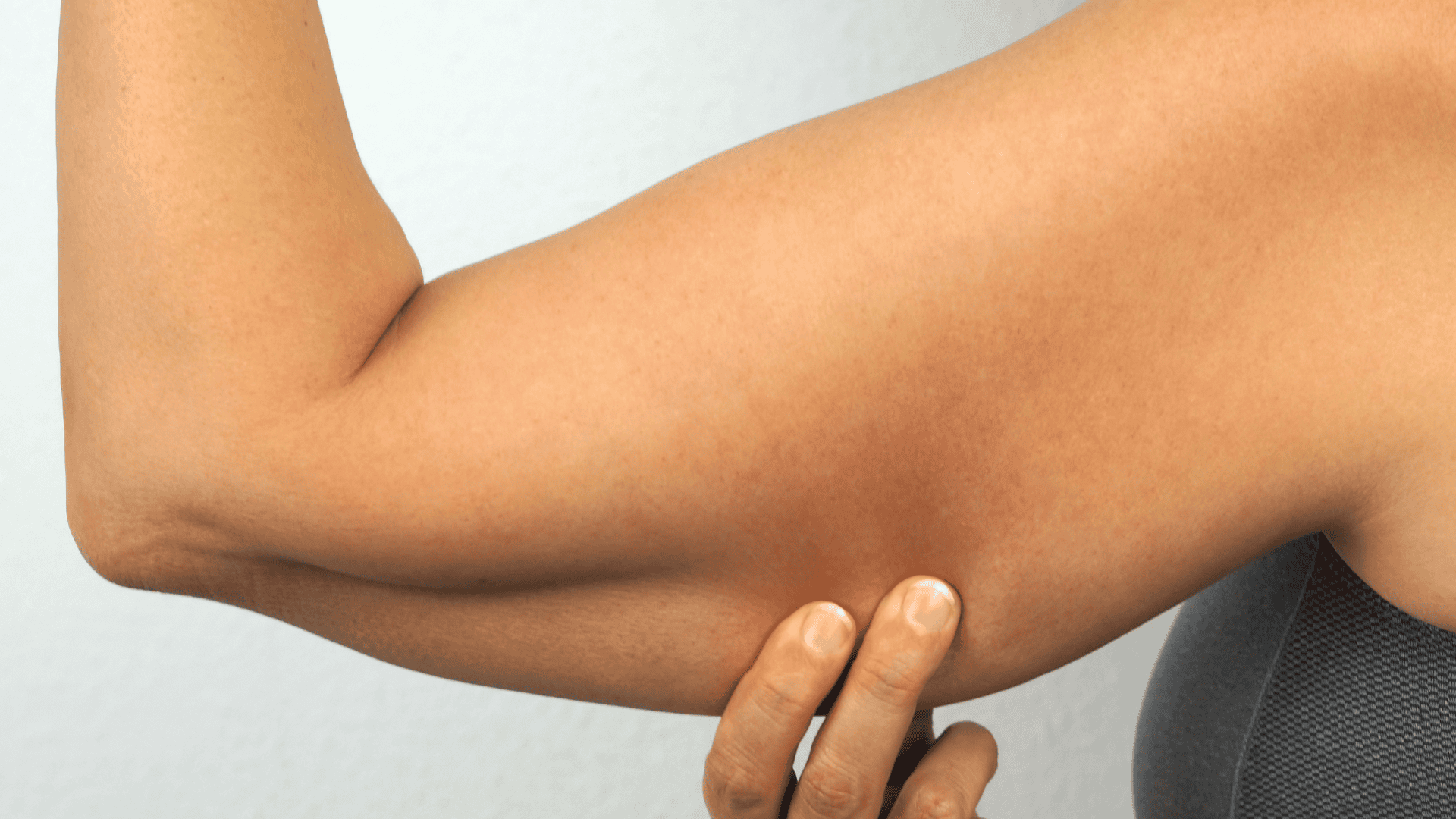
Smart Lipo (Arms) explained in detail
Smart Lipo, also known as laser liposuction, is a modern cosmetic procedure specifically designed to reduce stubborn fat in the arms. This technique utilizes advanced laser technology to effectively break down fat cells, resulting in a slimmer and more contoured appearance of the arms.

Circumcision Revision explained in detail
Circumcision revision is a surgical procedure performed to address complications or issues that may arise after a previous circumcision. Circumcision is a common procedure in which the foreskin of the penis is removed, often performed for religious, cultural, or medical reasons. While this procedure is generally safe and effective, there are instances where complications may occur, necessitating a revision.

Liposculpture (Arms) explained in detail
Liposculpture of the arms is a cosmetic procedure aimed at removing excess fat and enhancing the contours of the upper arms. This procedure is ideal for individuals who experience unwanted fat accumulation in this area, despite maintaining a healthy diet and regular exercise routine. Genetic factors can often contribute to an increase in fat in the arms, leading to a less toned and youthful appearance.
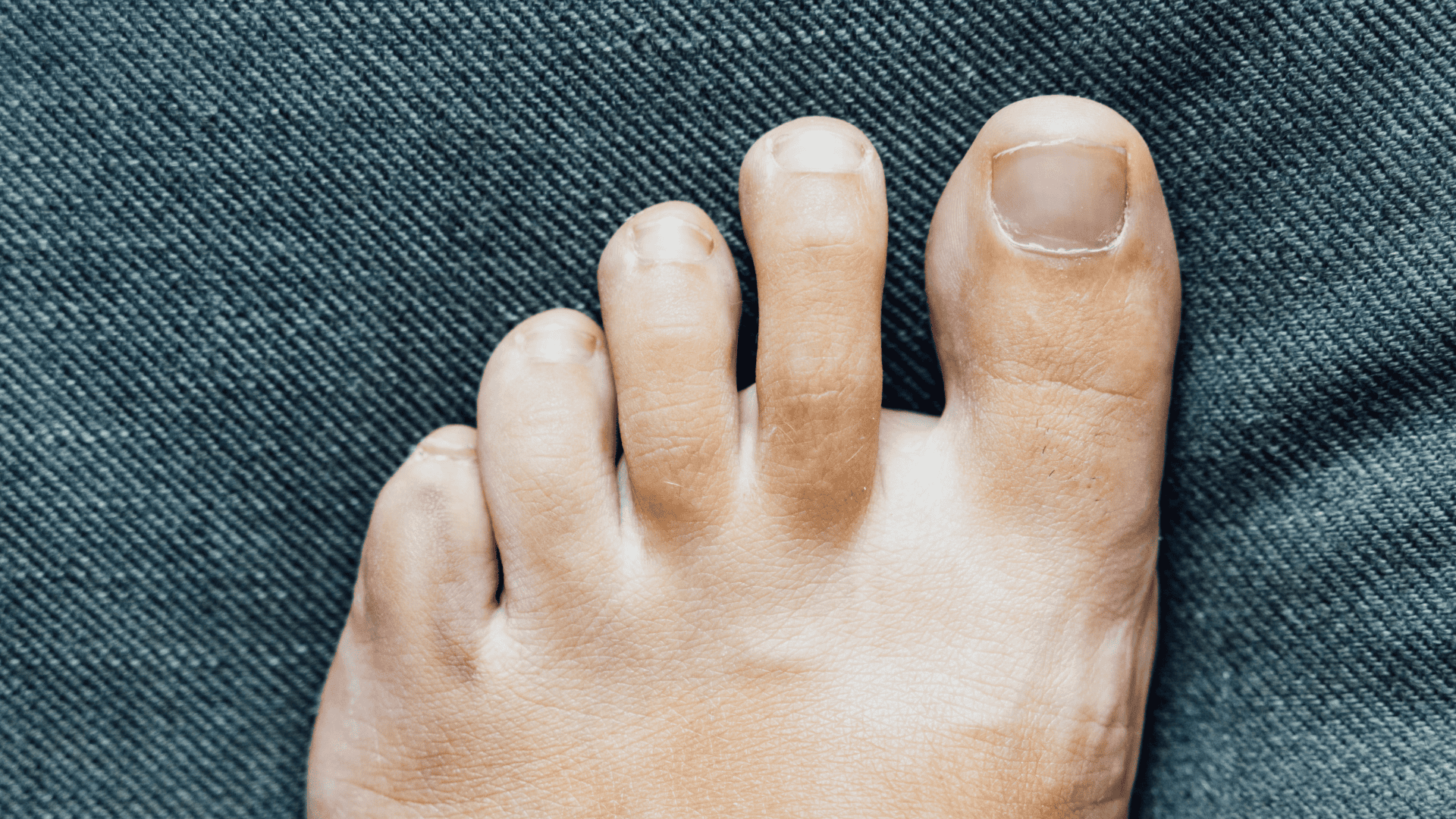
Toe Lengthening explained in detail
Toe lengthening is a cosmetic surgical procedure that aims to increase the length of the toes, often sought by individuals dissatisfied with the size or appearance of their feet. For many people, the aesthetics of their feet play a significant role in their overall self-confidence, especially in situations where they may wear sandals or open-toed shoes.

Breast Symmetry Correction explained in detail
Breast symmetry correction is a surgical procedure aimed at addressing differences in size, shape, or position between the breasts. Many women experience some degree of asymmetry, which is normal, but in certain cases, the difference can be significant enough to cause aesthetic concerns or physical discomfort.
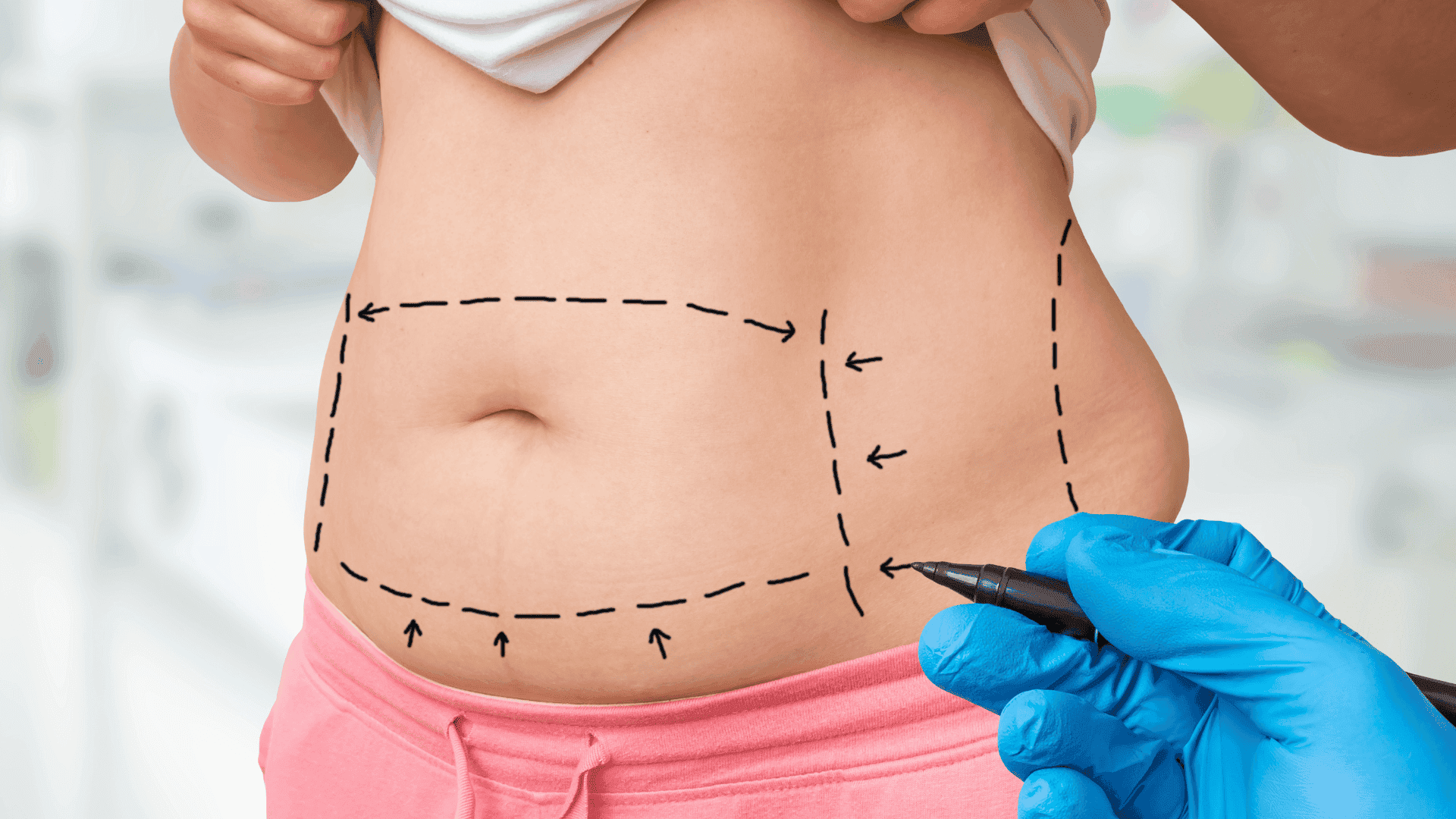
Abdominal Etching (Belly) explained in detail
Abdominal etching is a cosmetic procedure designed to create a more defined appearance of the abdominal muscles by selectively removing fat and enhancing the contours of the muscles. The goal of the procedure is to create the look of a "six-pack" or a more toned abdomen for individuals who are already relatively fit but struggle to make their abdominal muscles visible through diet and exercise alone. During the procedure, fat is suctioned out from specific areas around the abdominal muscles, making their natural shape more prominent.

AirSculpt (Belly) explained in detail
AirSculpt is a cosmetic procedure promoted as a less invasive form of liposuction. It was developed to remove fat and contour the body without the need for traditional surgical techniques such as incisions or general anesthesia. Instead, AirSculpt uses advanced technology to remove fat cells through a thin cannula, which is inserted via a small puncture in the skin. This method is performed under local anesthesia, which speeds up the recovery process and reduces the risk of complications. One of the key features of AirSculpt is that it aims to offer more precision and control to the physician during the procedure, allowing patients to expect more accurate results.
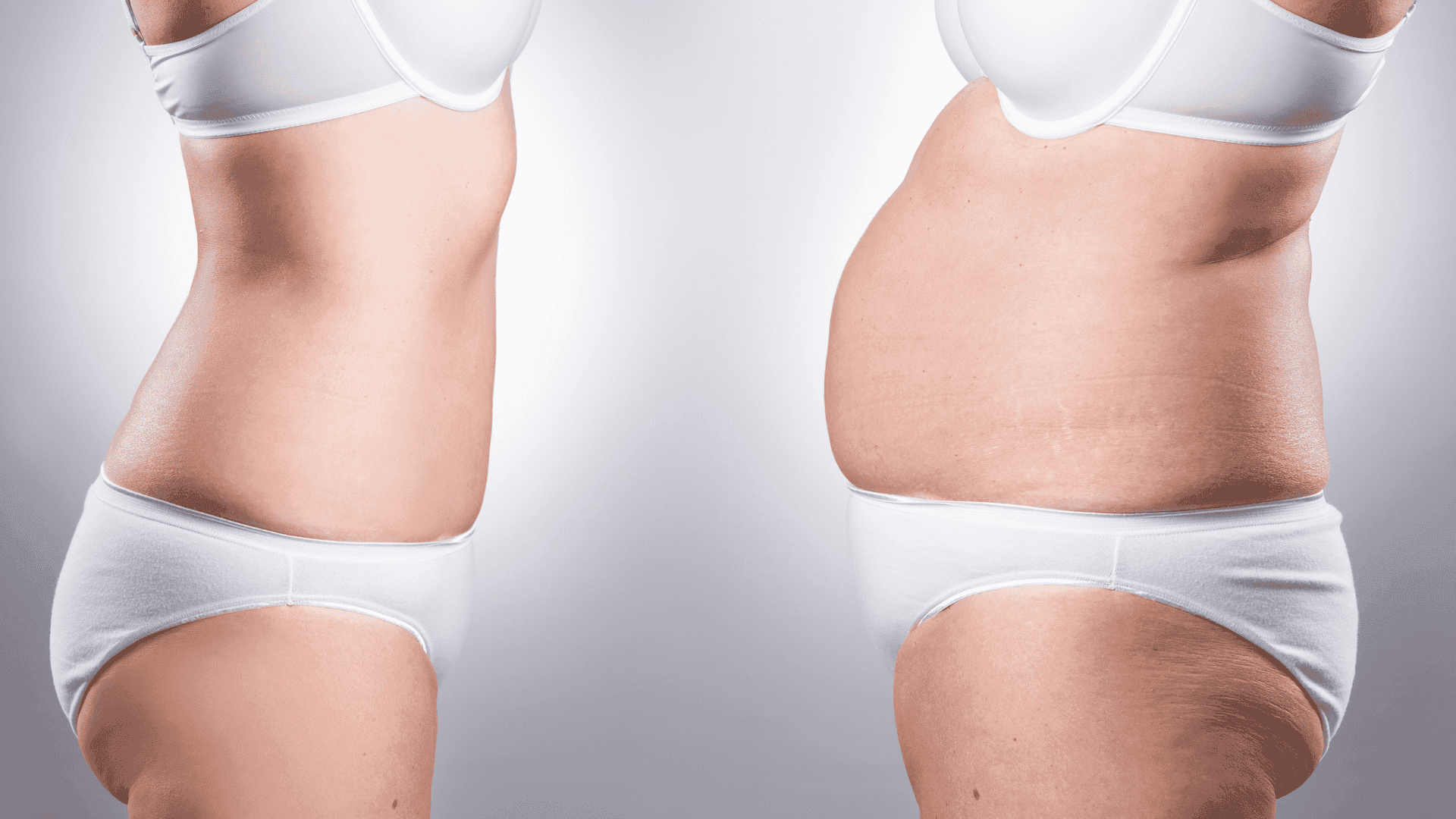
HD Lipo (Belly) explained in detail
HD Lipo, or High Definition Liposuction, is an advanced form of liposuction that focuses on refining and defining the body's contours. Unlike traditional liposuction, which primarily removes fat to make the body slimmer, HD Lipo is designed to sculpt the body, enhancing muscle definition and natural contours. This technique uses modern technologies, such as ultrasound or laser technology, to remove fat more precisely and effectively, resulting in tighter, more defined outcomes.
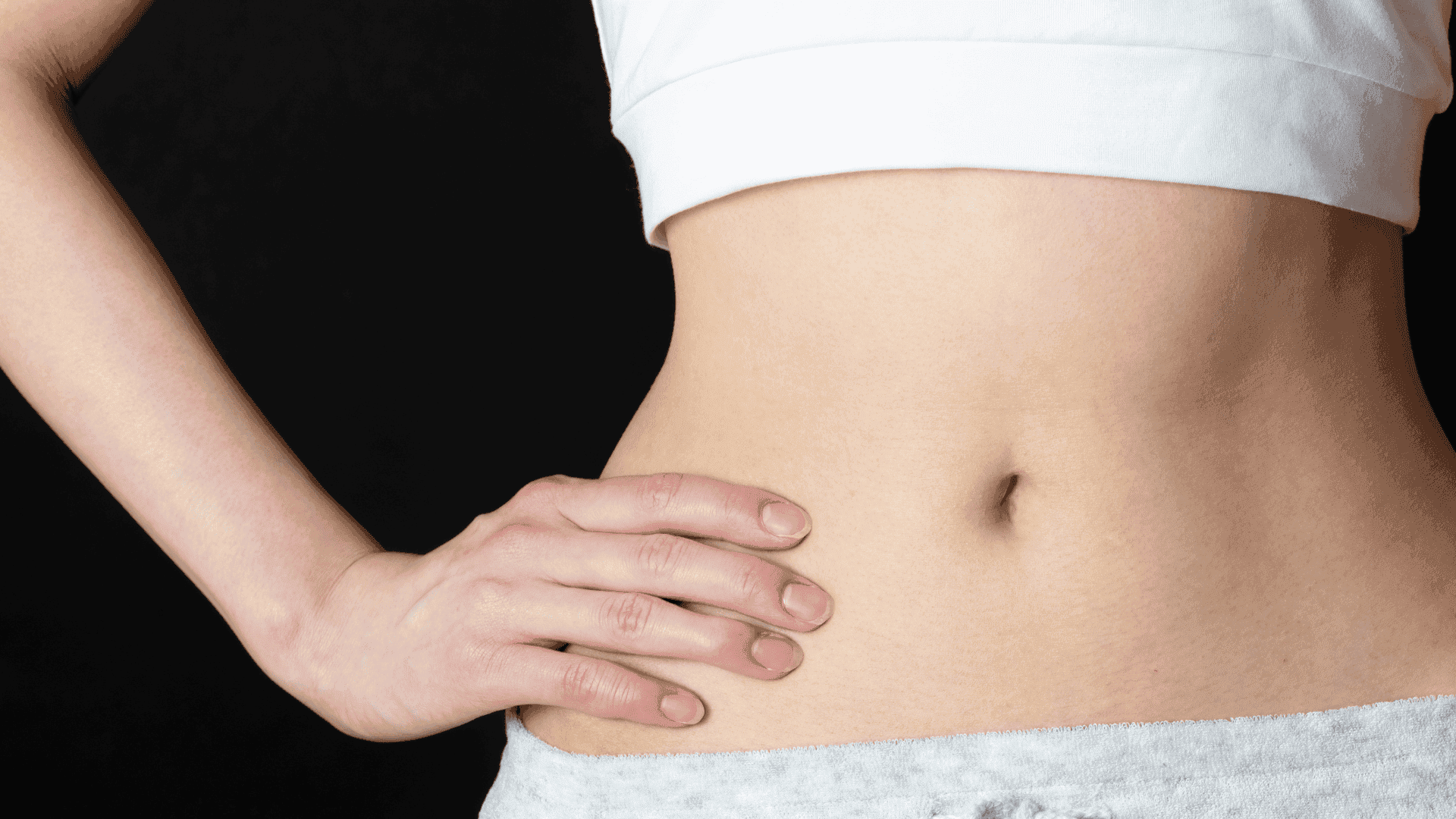
Tumescent Liposuction (Body) explained in detail
Tumescent liposuction is an advanced technique designed for the removal of unwanted fat from the body. It distinguishes itself from traditional liposuction methods by utilizing a specialized solution that is injected into the fatty tissue before the procedure. This solution typically consists of a combination of saline, local anesthesia, and adrenaline. The saline helps to swell the fat tissue, making it easier to remove, while the local anesthesia ensures that the patient experiences minimal pain during the procedure, and the adrenaline reduces bleeding, thereby shortening recovery time.

Vaser Liposuction (Belly) explained in detail
Vaser liposuction is an advanced fat removal technique that utilizes ultrasonic energy to heat and eliminate fat cells. This method is a refined version of traditional liposuction, known for its effectiveness and minimally invasive approach.
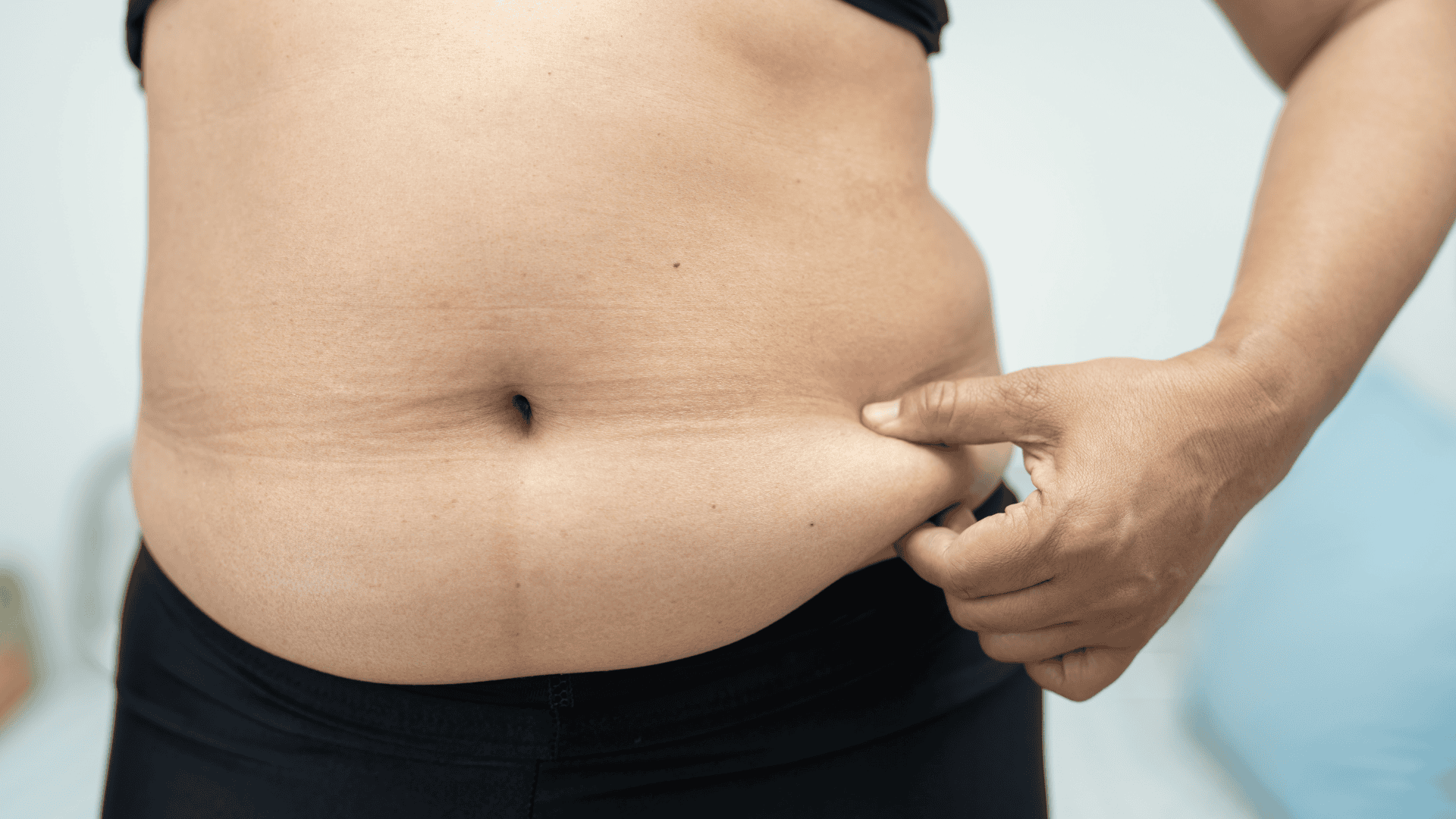
Mini Gastric Bypass explained in detail
A Mini Gastric Bypass is a surgical procedure designed to promote weight loss in individuals with severe obesity. The operation is less invasive than the traditional gastric bypass but delivers similar results. During a Mini Gastric Bypass, the stomach is reduced in size and a portion of the small intestine is bypassed. This creates a smaller stomach pouch, meaning patients can eat less and feel full more quickly. Additionally, part of the nutrient absorption is limited because food bypasses a section of the small intestine, leading to reduced calorie and nutrient absorption.

Emsculpt (Belly) explained in detail
Emsculpt is an innovative non-invasive treatment designed to enhance body composition by increasing muscle mass and reducing fat. The device utilizes focused electromagnetic energy to induce powerful muscle contractions that are impossible to achieve through traditional exercise alone. This process occurs in a relatively short time, typically during a session lasting about 30 minutes.

SculpSure (Belly) explained in detail
SculpSure is a non-invasive treatment designed for the permanent reduction of stubborn body fat. This method utilizes laser technology to heat and break down fat cells without the need for surgery, incisions, or downtime. The treatment specifically targets problem areas such as the abdomen, hips, thighs, and under the chin, where fat is often resistant to diet and exercise.
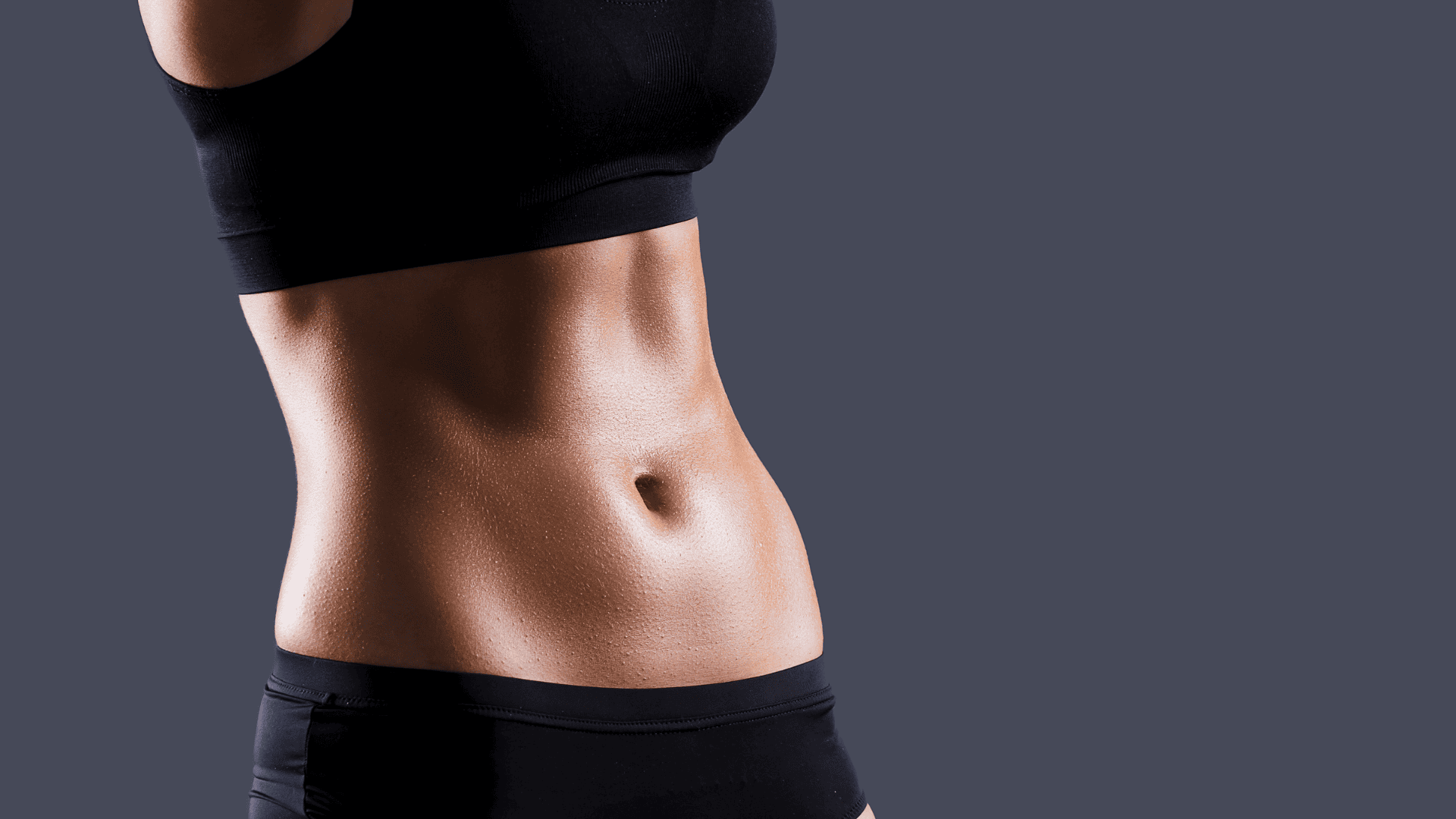
Renuvion (J-Plasma) explained in detail
Renuvion, also known as J-Plasma, is an advanced technology used for skin tightening and rejuvenation. This method combines cold plasma energy with radiofrequency to lift and firm the skin without the need for invasive surgery. It works by converting helium gas into plasma, which, along with radiofrequency energy, generates controlled heat. This plasma is then applied to gently heat the underlying tissues, resulting in an immediate tightening effect on the skin. Additionally, it stimulates collagen production, contributing to firmer skin over time.
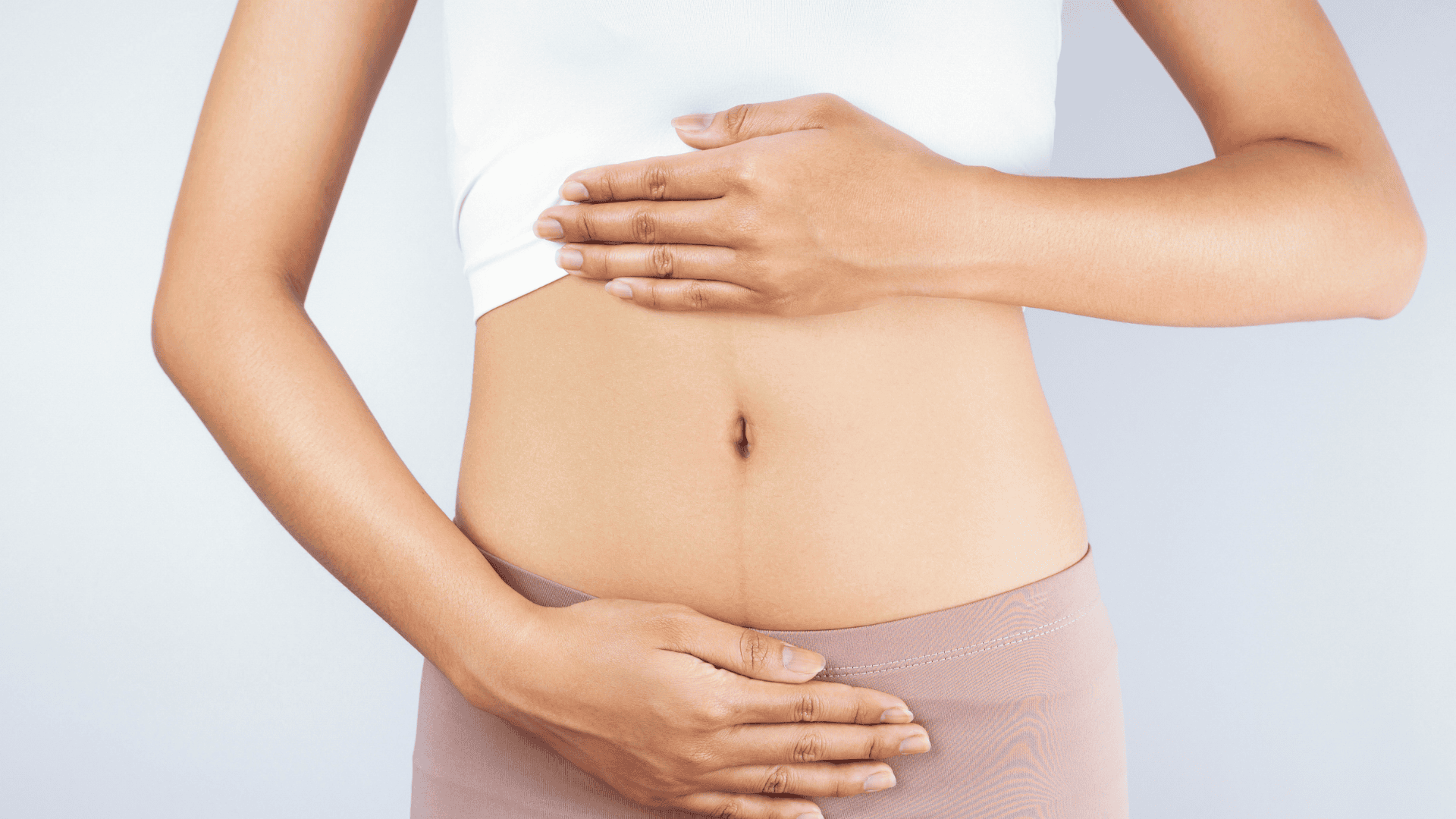
Thermage (Belly) explained in detail
Thermage is a non-invasive cosmetic treatment primarily used for skin tightening and rejuvenation. It has become a popular choice for individuals looking to achieve a slimmer, more youthful appearance without undergoing surgery. The procedure utilizes radiofrequency technology, delivering heat to the deeper layers of the skin, which stimulates collagen production. Collagen is a vital protein responsible for maintaining the skin's firmness and elasticity.
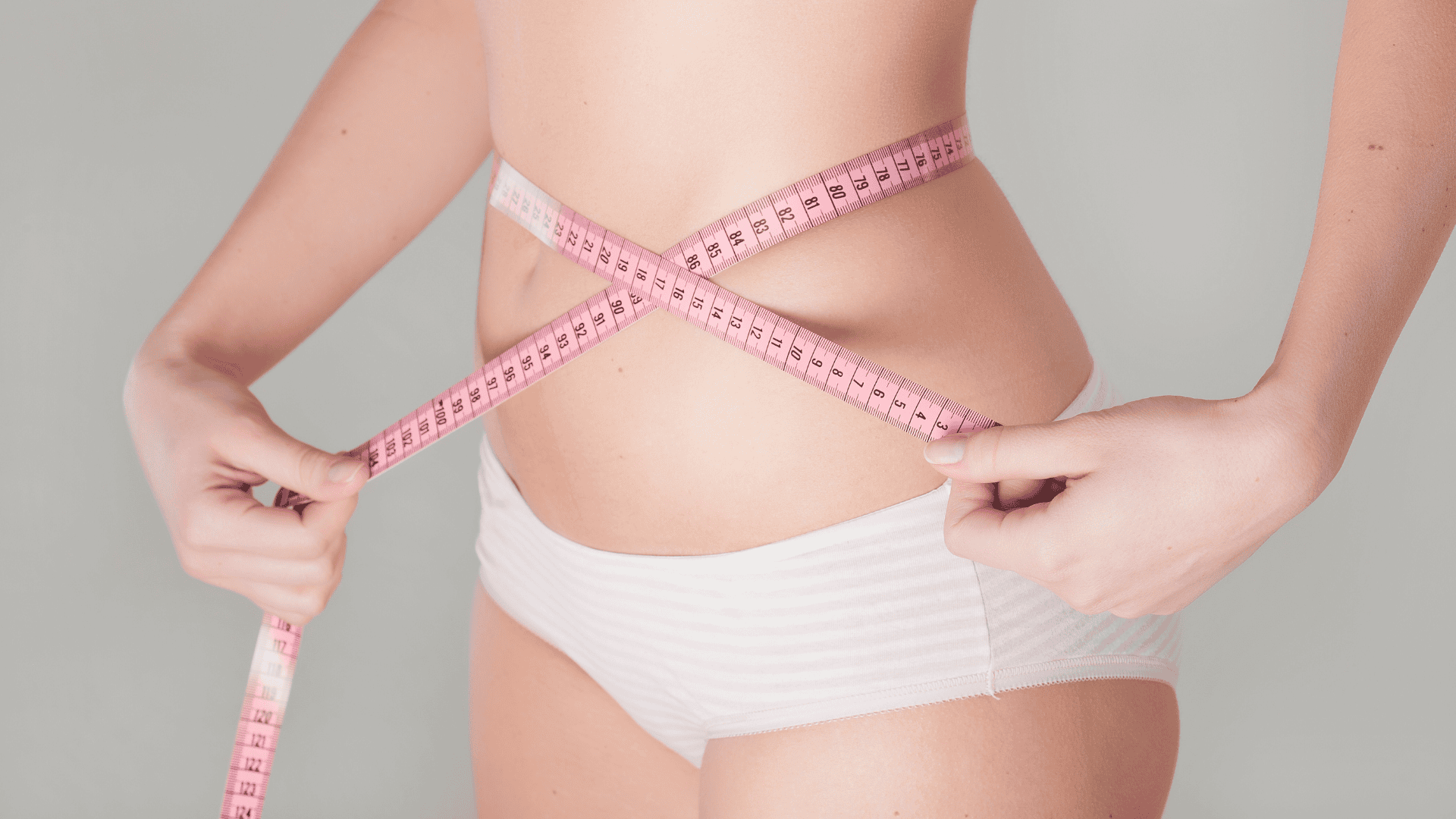
Velashape explained in detail
Velashape is a non-invasive treatment technique designed to reduce cellulite and contour the body. This method combines various technologies, including infrared light, radiofrequency, and vacuum suction, to warm the skin and enhance circulation. This process stimulates the production of collagen and elastin, leading to tighter skin and improved texture.
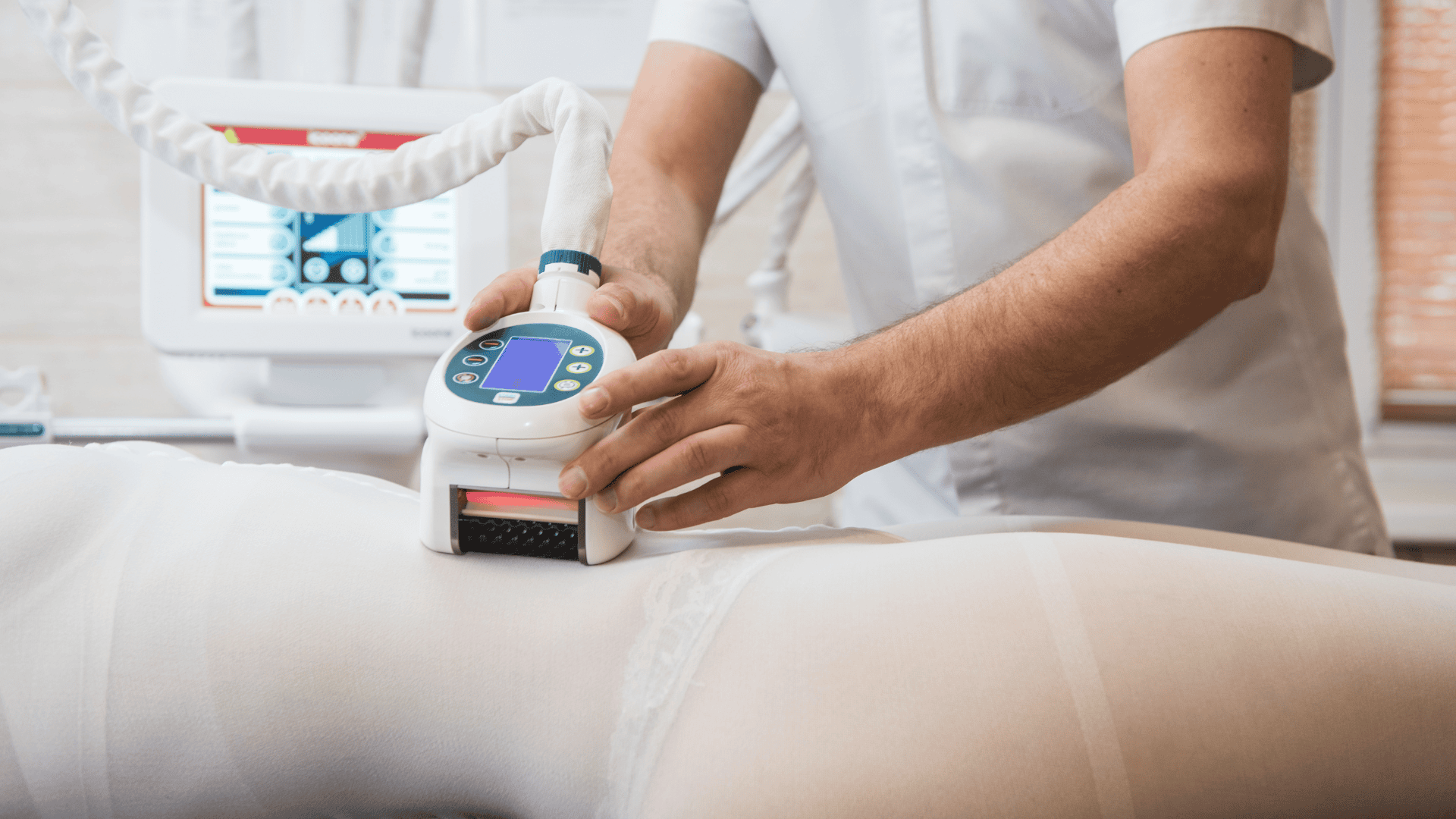
Laser Lipolysis explained in detail
Laser lipolysis is a non-surgical treatment method used for reducing fat deposits in specific areas of the body. It utilizes laser energy to break down and eliminate fat cells. During the procedure, a laser beam is directed onto the skin, heating the underlying fat cells. This heating causes the fat cells to release their contents, which the body can then naturally eliminate through the lymphatic system.

Lipoabdominoplasty explained in detail
Lipoabdominoplasty is a cosmetic procedure that combines liposuction with an abdominoplasty, or tummy tuck. The primary goal of this surgery is to create a slimmer and tighter silhouette, particularly in the abdominal area. During the procedure, excess fat is removed from the abdomen, hips, and sometimes other areas, while the skin is tightened, and any loose skin is excised. This is especially beneficial for individuals who experience skin laxity or excess fat after significant weight loss or pregnancy.
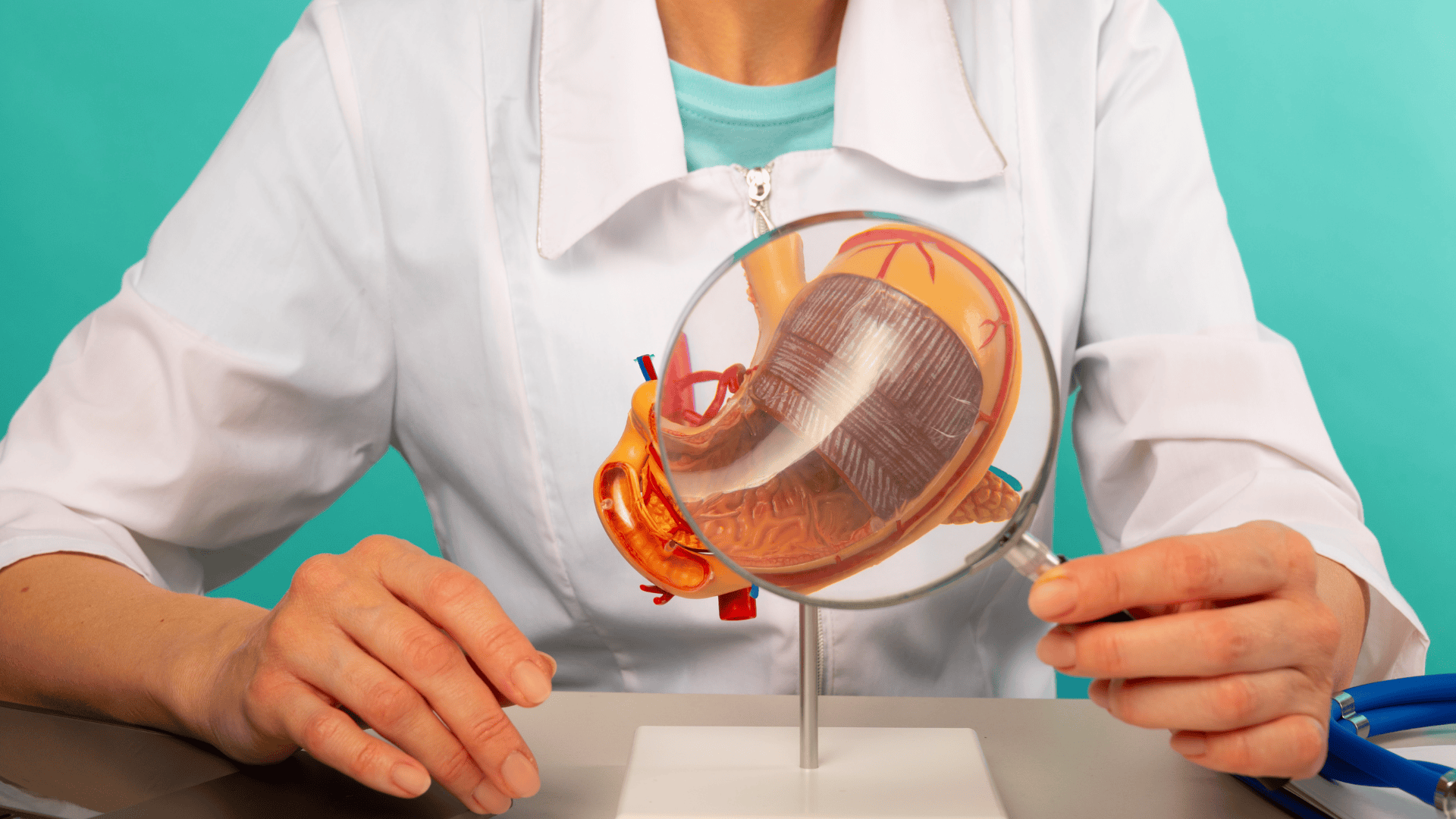
Gastric Sleeve explained in detail
A gastric sleeve, also known as sleeve gastrectomy, is a surgical procedure designed for weight loss. During this operation, a significant portion of the stomach is removed, transforming the stomach into a narrow tube or "sleeve." This results in a drastically reduced stomach capacity, which means that patients can consume less food.

CoolSculpting (Cryolipolysis) explained in detail
CoolSculpting, also known as cryolipolysis, is a non-invasive body contouring procedure designed to reduce stubborn fat. The technique is based on the principle that fat cells are more susceptible to cold than surrounding tissues. During the treatment, specific areas of the body, such as the abdomen, thighs, or under the chin, are exposed to controlled cooling. This process leads to the crystallization of fat cells, initiating their breakdown.
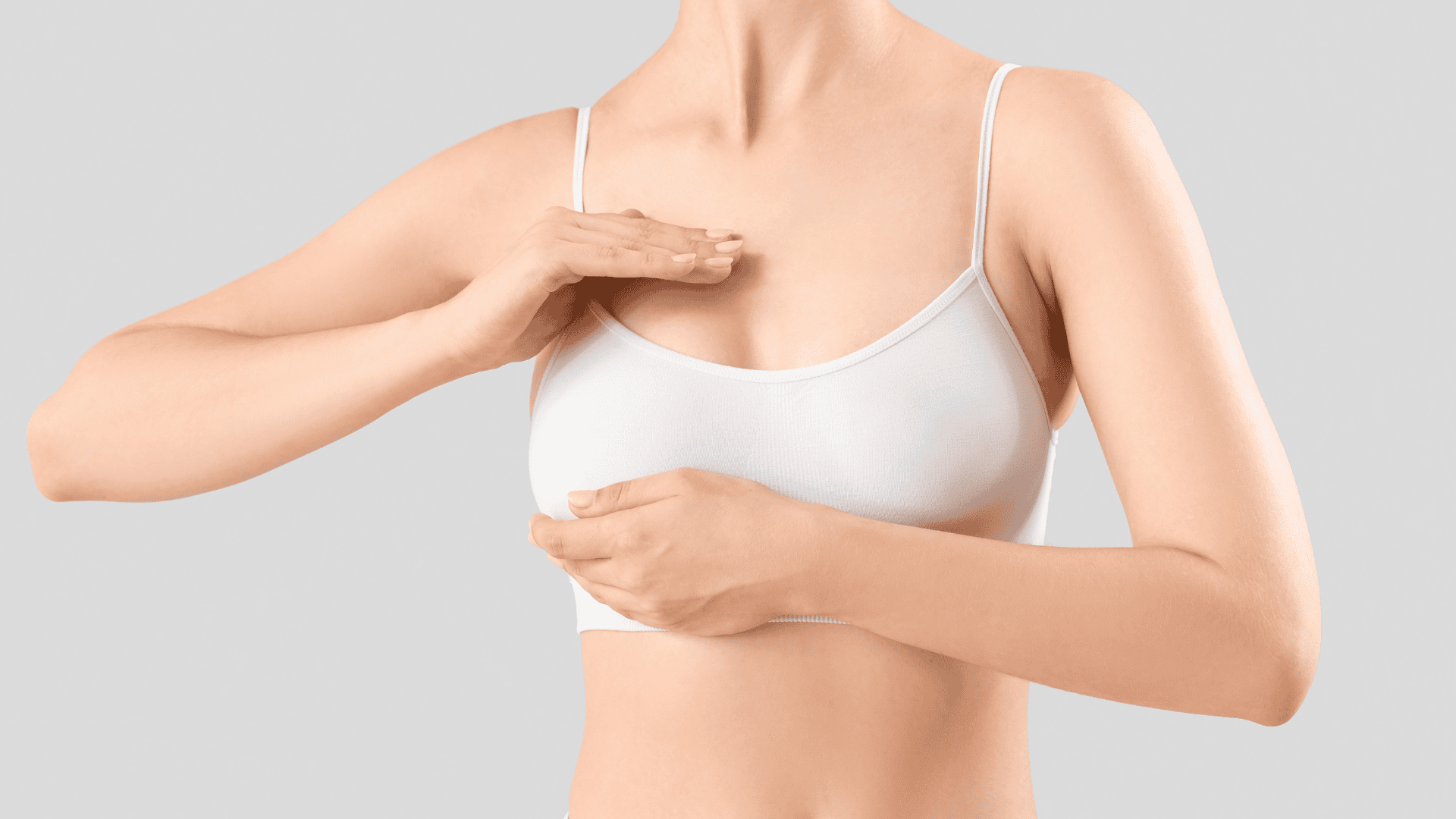
Breast Reduction explained in detail
Breast reduction, also known as reduction mammoplasty, is a surgical procedure designed to decrease the size of the breasts and improve their shape. This surgery is often chosen by women who experience physical discomfort or psychological issues due to overly large breasts. Excess breast size can lead to back and neck pain, skin irritations, and difficulties with physical activities or finding suitable clothing. The primary goal of breast reduction is to create a more proportionate body silhouette and enhance overall quality of life.
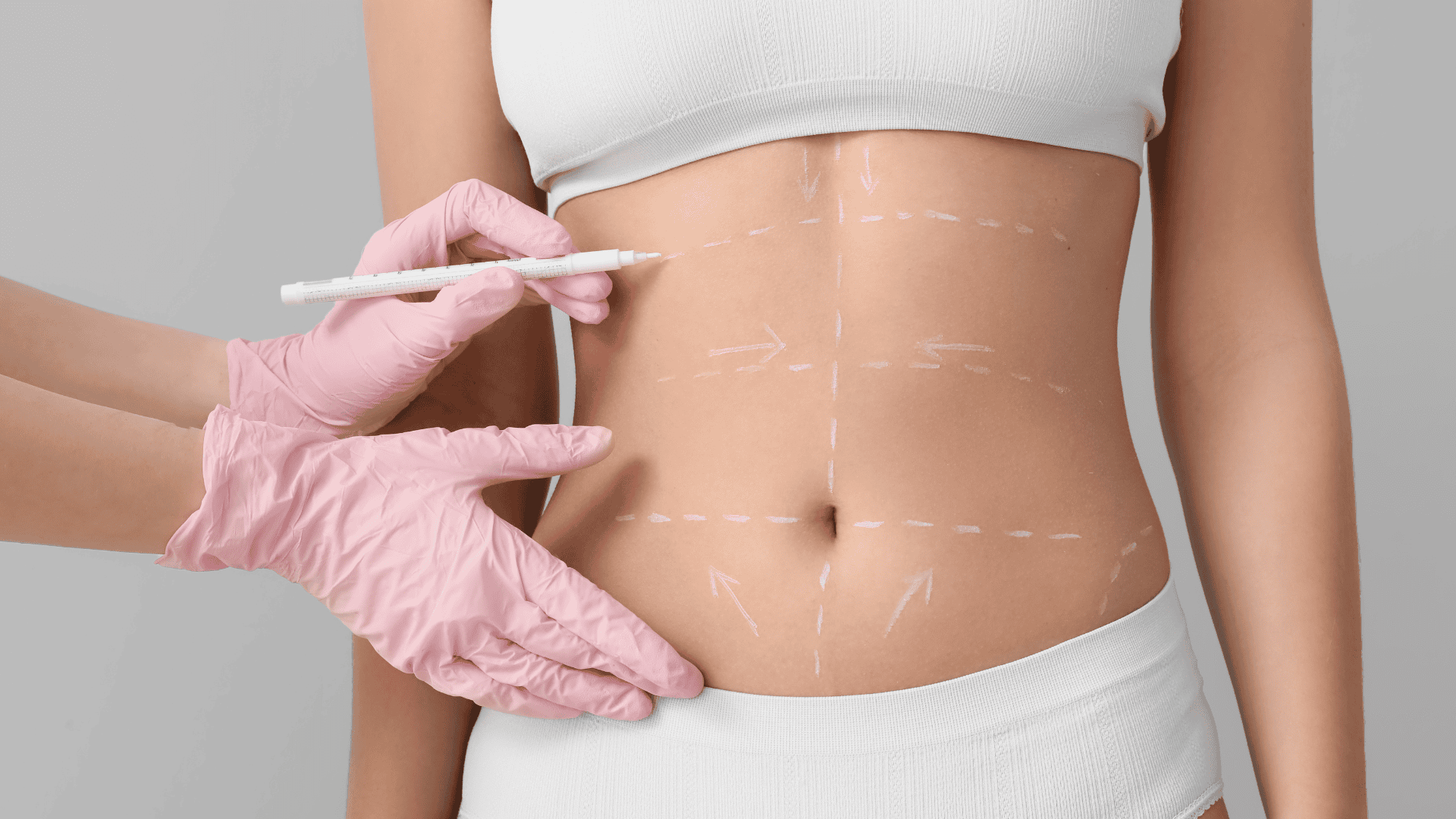
Mini Tummy Tuck explained in detail
A mini tummy tuck, also known as a mini-abdominoplasty, is a cosmetic surgical procedure designed to improve the appearance of the abdomen. This procedure is less invasive than a full tummy tuck and primarily focuses on removing excess skin and fat from the lower abdomen. It offers an attractive option for individuals looking to enhance their abdominal contour without undergoing a more extensive recovery process.
